When thinking about expanding your investment in rental properties, understanding the appeal of owning multiple properties is key. Many real estate investors see this as a strategic move to build wealth and create passive income streams. Rental properties offer a way to diversify an investment portfolio while generating rental income. For those looking to scale rental property investments, this approach provides both short-term cash flow and long-term equity growth.
However, real estate investing is not without its challenges; managing multiple properties can be demanding and requires careful planning and execution. Despite the challenges, scaling rental property investments offers several benefits, such as increased rental income and the potential for greater financial freedom. By owning various types of real estate, investors can maximize their earning potential and create a more resilient real estate portfolio.
On the other hand, managing multiple rental properties can be complex, requiring effective property management strategies, knowledge of the local real estate market, and a solid understanding of market conditions.
To be successful, real estate investors must be prepared to navigate these challenges while staying focused on their investment goals.
Setting Your Investment Goals
Establishing clear investment goals is the first step toward building a strong real estate investment strategy. Defining your long-term financial objectives will help you understand why you want to invest in real estate and what you hope to achieve. For many investors, the goal is financial independence, which can be reached by generating positive cash flow and building equity over time. It’s also important to identify your risk tolerance, as this will influence your investment decisions, such as the types of properties you purchase and the markets in which you invest.
Determining the ideal number of properties for your portfolio will depend on various factors, including your financial goals, market conditions, and personal circumstances. Some investors prioritize cash flow from rental income, while others focus on property appreciation. A balanced approach often involves combining these elements, allowing you to generate cash flow while building long-term wealth. Understanding your investment goals and strategies can help you create a diversified real estate investment portfolio that aligns with your financial objectives.
Building a Financial Foundation
A strong financial foundation is essential when planning to purchase multiple rental properties. Start by assessing your current financial situation, including your income, expenses, debt, and assets. Knowing where you stand financially will help you understand what you can afford and how much you may need to borrow. Improving your credit score is another critical step, as it can affect your ability to secure financing and obtain favorable loan terms. Paying down existing debt, making timely payments, and reducing credit card balances can all contribute to a higher credit score.
Saving for down payments is also crucial when investing in multiple properties. Consider setting aside a portion of your income each month or exploring additional income streams to boost your savings. Having sufficient funds for down payments can help you secure financing and minimize the need for hard money loans or other high-interest options. It’s also important to factor in closing costs, property taxes, and potential mortgage payments when planning your finances.
When financing multiple rental properties, there are several options to consider:
- Conventional Mortgages: Standard loans that are ideal for investors with good credit and stable income.
- Portfolio Loans: Loans held by the lender rather than being sold on the secondary market, allowing for more flexible terms.
- Hard Money Loans: Short-term loans based on property value rather than borrower creditworthiness, often used for quick acquisitions or property flips.
- Private Money Loans: Loans from private individuals or groups, which can offer flexible terms and quicker approval processes.
- HELOCs and Cash-Out Refinancing: Options that allow investors to leverage the equity in existing properties to purchase new ones.
Market Research and Property Selection
Effective market research and thoughtful property selection are crucial for any real estate investment strategy. By understanding the dynamics of different markets and selecting properties that align with your financial goals, you can increase your chances of building a profitable rental property portfolio.
Choosing the Right Real Estate Markets
Choosing the right real estate markets begins with evaluating current market conditions, including factors like supply and demand, interest rates, and economic trends. Identifying growth areas, such as regions with increasing job opportunities, population growth, or new infrastructure projects, can help you find markets with strong potential for appreciation. Understanding local regulations is also essential, as zoning laws, property taxes, and rent control policies can significantly impact your investment strategy.
Criteria for Selecting Rental Properties
When selecting rental properties, consider the type of property that best suits your goals, whether it’s single-family homes, multifamily properties, or commercial real estate. A thorough location and neighborhood analysis will help you assess factors like safety, amenities, and proximity to schools or businesses.
Additionally, evaluate the property’s condition and potential renovation needs to determine whether it will require substantial investments before becoming a profitable rental. Calculating the rental yield and ROI is critical to understanding whether a property will generate positive cash flow and contribute to the growth of your real estate investment portfolio.
Financing Strategies for Multiple Properties
Developing a solid financing strategy is essential when planning to purchase multiple rental properties. Traditional financing methods, such as conventional loans, remain a popular choice for many investors, especially those with strong credit and stable income. However, alternative financing options can offer greater flexibility, particularly for those looking to scale their real estate portfolios quickly. Leveraging equity from existing properties, for example, allows investors to use the value they’ve built up in one property to finance the purchase of additional ones. This can help reduce the need for high-interest loans and keep monthly mortgage payments manageable.
Partnering with other investors is another effective strategy, particularly for those new to real estate investing or looking to expand their portfolios without over-leveraging personal assets. Collaborations can bring together diverse expertise, resources, and capital, enabling investors to access more properties and enter new markets. By combining strengths, investors can pursue larger or more lucrative investment opportunities than they could individually.
Legal and Tax Considerations
Exploring the legal and tax aspects of owning multiple rental properties is a critical component of a successful real estate investing strategy. Understanding landlord-tenant laws is essential to maintaining a smooth relationship with tenants and avoiding potential disputes. These laws cover everything from lease agreements and security deposits to eviction procedures and tenants’ rights, and they can vary significantly by state and municipality. Real estate investors often benefit from setting up a legal entity, such as an LLC or corporation, to protect their personal assets from liability and provide potential tax benefits.
Property taxes are another important consideration. Managing property taxes effectively involves understanding local tax rates and assessment practices, as well as keeping track of payment deadlines to avoid penalties. Additionally, understanding depreciation and other tax deductions available to real estate investors can help reduce taxable income and improve cash flow.
Navigating capital gains tax is crucial for investors looking to sell properties and reinvest in new ones. Strategies such as a 1031 exchange can help defer these taxes, making it easier to grow a real estate investment portfolio without incurring significant tax burdens.
Building a Property Management System
Effective property management is vital for real estate investors who own multiple properties. Deciding whether to self-manage or hire a property manager is a key decision that can impact both your time and your bottom line. Self-management may offer more control and cost savings, but it requires a significant time commitment and a hands-on approach. Hiring a professional property manager can free up your time and provide expertise in dealing with tenants, maintenance, and local regulations, but it also comes with management fees that will affect your cash flow.
Establishing clear rental policies and procedures is fundamental to maintaining consistency and protecting your investment. From tenant screening and retention strategies to policies on rent collection and late payments, having a structured approach can help minimize risks and ensure smooth operations. Regular maintenance and prompt repairs are vital to keeping properties in good condition and retaining tenants, which directly impacts rental income and property value.
Moreover, efficient management of multiple properties often involves using property management software to track expenses, manage tenant communication, and handle maintenance requests. By creating a robust property management system, you can streamline operations, enhance tenant satisfaction, and ultimately grow your rental property portfolio more effectively.
Scaling Your Rental Property Portfolio
Scaling your rental property portfolio requires strategic planning and careful decision-making to ensure sustainable growth. Knowing when to buy your next property is crucial; this decision should be based on your financial situation, market conditions, and your overall investment strategy. Many real estate investors choose to buy a new property once their existing investments generate enough positive cash flow or equity to support another purchase. It’s important to stay mindful of financing options and to monitor interest rates and local market trends to determine the best time for expansion.
As your portfolio grows, managing your finances becomes more complex. Keeping track of mortgage payments, property taxes, and maintenance costs across multiple properties is essential for maintaining positive cash flow. Diversifying your real estate portfolio by investing in different types of properties (such as single-family homes, multifamily real estate, or even commercial properties) can help mitigate risks and increase potential returns. However, scaling too quickly or without a clear plan can lead to financial strain. It’s important to avoid common pitfalls like over-leveraging, underestimating expenses, or failing to account for market fluctuations.
Exit Strategies
Developing an exit strategy is an important part of any real estate investment plan. Deciding between long-term holding and selling depends on your financial goals and market conditions. Long-term holding allows you to benefit from steady rental income, appreciation, and tax advantages over time, while selling might be a better option when property values peak or when you need to reallocate capital. Timing the market can play a significant role in maximizing returns, so it’s important to stay informed about current market trends and economic indicators.
Selling one property to fund another is a common strategy for real estate investors looking to upgrade their portfolio or shift focus to more lucrative markets. This approach can help free up capital to invest in new properties that offer better potential for growth or cash flow.
Eventually, you may consider retiring from property management, especially if managing multiple properties becomes too time-consuming or complex. In such cases, options include hiring a full-time property manager or selling some or all of your properties to enjoy the fruits of your investment journey.
Growing Your Wealth Through Multiple Rental Properties
Investing in multiple rental properties offers a unique path to building wealth, creating passive income, and achieving financial freedom. By understanding the key strategies, from setting clear investment goals and choosing the right markets to navigating financing options and managing properties effectively, you can create a sustainable, profitable real estate portfolio. Remember, scaling your investments requires patience, smart decision-making, and a solid understanding of the market. With the right approach, you can grow your rental property portfolio, maximize your returns, and enjoy the rewards of your real estate investment journey.






